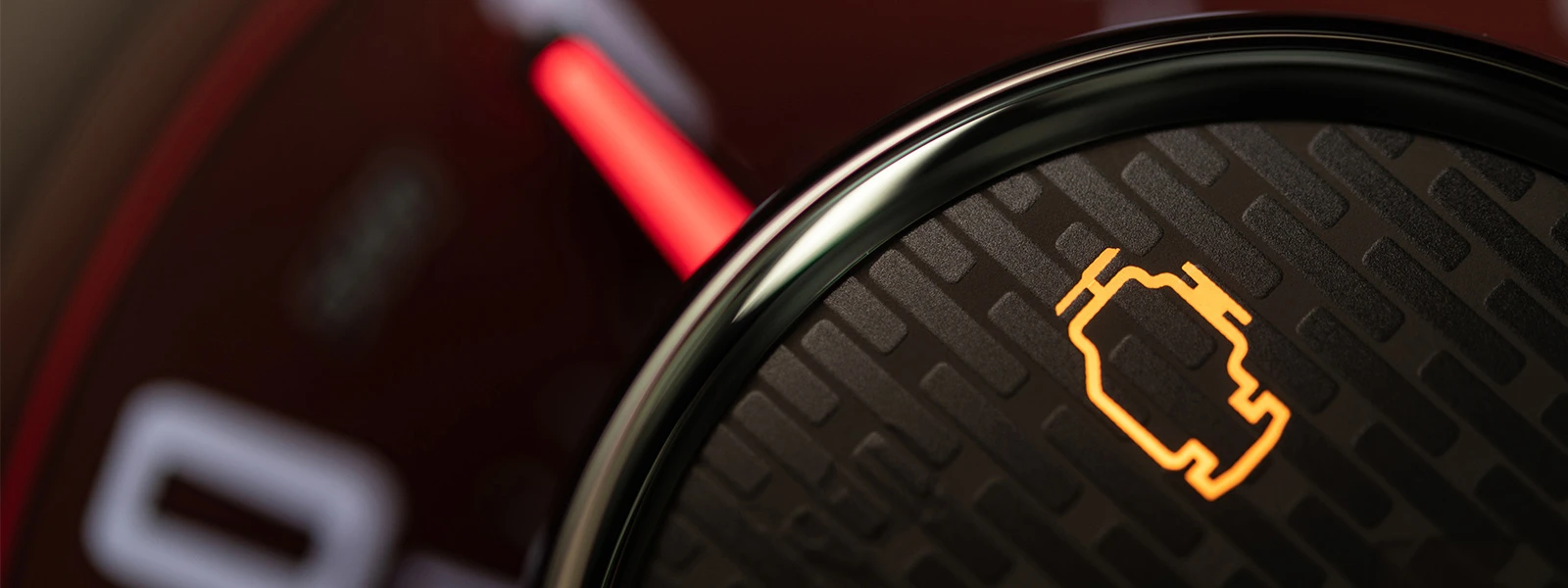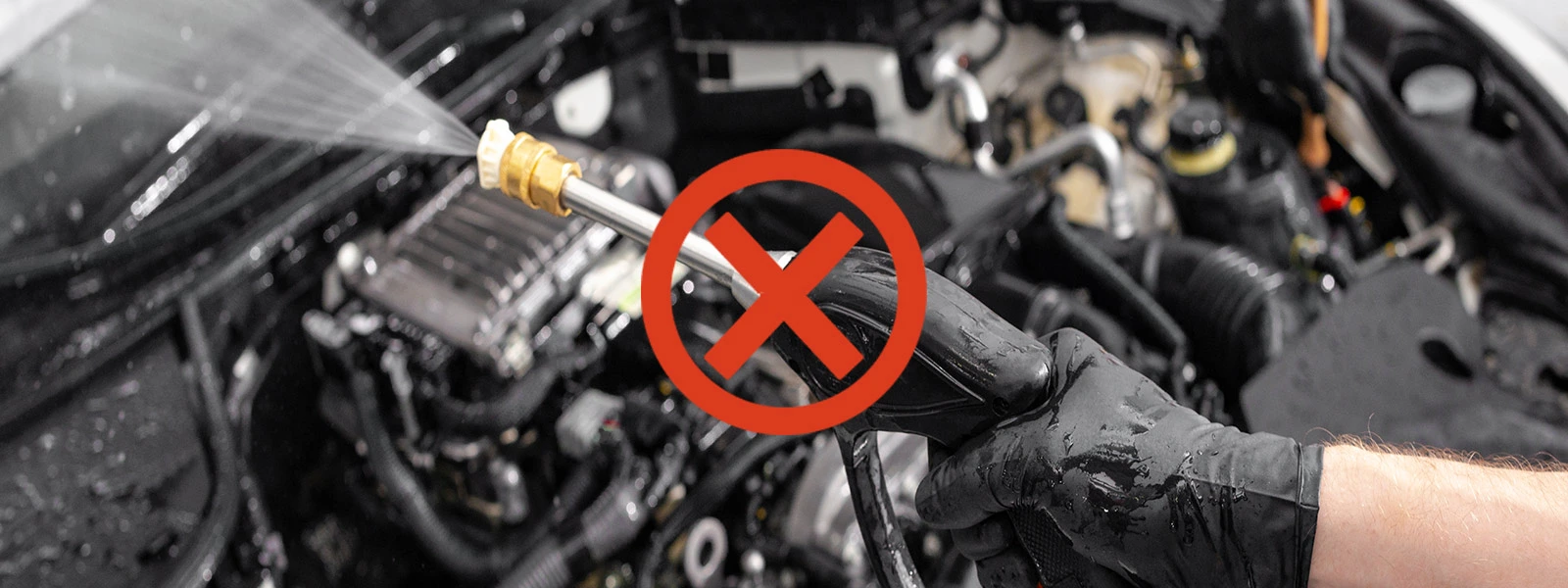
When to Replace the Ignition Coil?

An ignition coil is one of the essential parts of the ignition system and has a lot of responsibility. The role of the ignition coil is to transform the 12 volts of battery power into high voltage to produce a spark in the spark plug.
An ignition coil is one of the essential parts of the ignition system and has a lot of responsibility. The role of the ignition coil is to transform the 12 volts of battery power into high voltage to produce a spark in the spark plug. This generated spark then kindles the mixture of fuel and air in the engine cylinder, and the car can run and take you places.
In the modern day, cars have a single coil for each cylinder. The ignition coil is usually fitted right above the spark plug. This position of the ignition coil is called a coil-on-plug setup. As the ignition coil is a significant part of the engine, it should be taken care of. If the ignition coil fails at some point, your engine will not perform at all. Damaged and faulty ignition coils can be a reason for a significant safety threat. Furthermore, it could lead to costly repairs if you don't take care of the ignition coil.
This article will tell you all about the problems of the faulty ignition coil and will inform you about the signs you will notice when it's time for ignition coil replacement. Read on to learn more!
Signs That Indicate Ignition Coil Replacement
Ignition coil failure is a common problem in many cars. But with a keen observation, you can know when to replace the ignition coil and save yourself the hassle of getting your car repaired. Following are the signs and symptoms that will indicate that now is the time for the ignition coil replacement.
Reduced Fuel Economy
The ignition coil installed in the engine apparently renders it useless, mostly around ten thousand or a little more. After these many miles, you will notice a slight reduction in gas mileage. This could be because the faulty ignition coil feeds away at the fuel mileage. The reason for the loss of fuel economy is that when the ignition coil is on the verge of going bad, it becomes weak and less able to transport power between the battery and the spark plug. To make up for this lack of power, the car requires more gas or petrol. And so, to cut it short, you will be spending a lot more money on gas than before.

Misfiring Of Engine and Vehicle
When your engine is misfiring, you will get to know about it when you will undergo the jerking or sputtering motion of the car, reduced fuel economy, excessive vibrations or shaking of the engine, a rough ride, or a very random loss of power in between drives for few seconds or so. Sometimes, you can feel like your car is on the verge of a breakdown.
From time to time, you could see your vehicle discharging black smoke from the exhaust pipe or suddenly smell a pungent stench of gasoline. The reason for such occurrences is that your car is backfiring and discarding unutilized fuel via the exhaust system. Engine and vehicle backfire could be because by several reasons, but one of the primary reasons for this is the faulty ignition coil. To escape the safety hazards, check your car as soon as possible and find out if it needs an ignition coil replacement.

Appearance Of Check Engine Light
Most of the time, when your check engine light appears, it’s something minor that needs to be maintained, but that does not mean that you should take it lightly. Sometimes when the light appears on the check engine sign, it could be severe. And when combined with engine backfiring, you can guess that the ignition coil needs replacement. So, schedule an appointment to get your car thoroughly checked by a mechanic as early as possible.

Vehicle Stalls
When the ignition coil goes bad or is on the verge of going bad, your car may not start, even when you crank the key into the ignition several times. Sometimes, it may start but lose power after a minute or two. Your car is stalling because of the failed ignition coil; the spark plugs are not acquiring sufficient charge from the battery. So, in this case, replacing the ignition coil is the ultimate solution to your car having difficulty starting.
Safety Precautions for Ignition Components
You need to be extremely cautious while working around the ignition coil. This is because the ignition coil induces an immensely high voltage that is hazardous to the health. So, following the safety guidelines written in the car service manual you get with the car is essential. If you don't have that manual, you can look for safety precautions, so you don't get hurt. One important thing to do immediately when you start working or analyzing the ignition coil is to detach the negatively marked battery cable.

How Is a Failed Ignition Coil Identified?
First, when you take your car to the mechanic, he will scan the engine with his computer and look for trouble codes. The trouble codes are meant for the mechanic to figure out which one of the cylinders has misfired and even which one of the coils has failed. After the mechanic has diagnosed the problem, he will inspect the ignition coil while following the procedure stated in the service manual.
Now, it is time for the ignition coil to get analyzed. For this, the mechanic usually measures the resistance between the terminals of a specific ignition coil. If the resistance exceeds a limited reading, the mechanic thinks a particular ignition coil needs to be exchanged with a new one. The mechanic will also replace the old ignition coil with a new one if he notices any breaks or cracks causing any disturbance.

Ignition Coil Replacement
It is impossible for an ignition coil that has been damaged or faulty to be repaired. In most cars with four or six cylinders, replacing an ignition coil is not very hard. Moreover, it is also not extremely expensive to replace the ignition coil.
On the other hand, if you own a car with a V6 engine, it could be challenging to access the rear ignition coils. This is because the ignition coils are located very profoundly, and many parts had to be removed to get to them. Hence, much labor had to be used to expose the ignition coils and change them, which is much more expensive. In such cases, your mechanic may take your permission to change all the ignition coils just to take preventive measures.
Replacement Of Ignition Coils in Terms of Mileage
Because the ignition coils cannot be repaired, they have a certain lifespan, after which they cannot be reused. While nobody has ever determined a specific mileage or period after which they have to be replaced, it is often said that after 10,000 miles or a little more, you should at least get them checked if not changed.
One thing that is to be said is that if you have noticed some cracks on the plastic, some breaks or epoxy, or misfires, you should immediately change them. If you have old coils in your car but they are still in working condition, and one of them fails, it is advised for you to get all the coils changed because it is a possibility that they are beginning to go bad.
Ignition coils can be affected by factors such as age, climate, or how often the vehicle is used. If you live in an area with a humid and clammy environment, like on the south coast, the ignition coils of your car may go bad sooner than someone living on the west coast. Similarly, the temperature can also have a lasting effect on the ignition coils. Suppose you inhabit a place with extreme hot and cold temperatures in summers and winters. In that case, it could be very hard on the epoxy and plastic because they have to retract and expand all year round according to the weather conditions.
Conclusion
There is an increasing trend of washing cars and their engine with pressure washers. It is strictly advised against washing your car engine with a pressure washer because it may cause damage to the ignition coils. Furthermore, if your ignition coils need to be replaced more often, then you need to keep track of what you are doing wrong that is causing damage to them. This will save you from the many safety hazards of ignition coil failure.
You also need to know that the failure of one ignition coil in a cylinder does not affect other ignition coils in other cylinders, such that you need to get all of them changed. You can just change the damaged ignition coil, and you are good to go. You should trust the ignition coils that are still functional because they are reliable.
